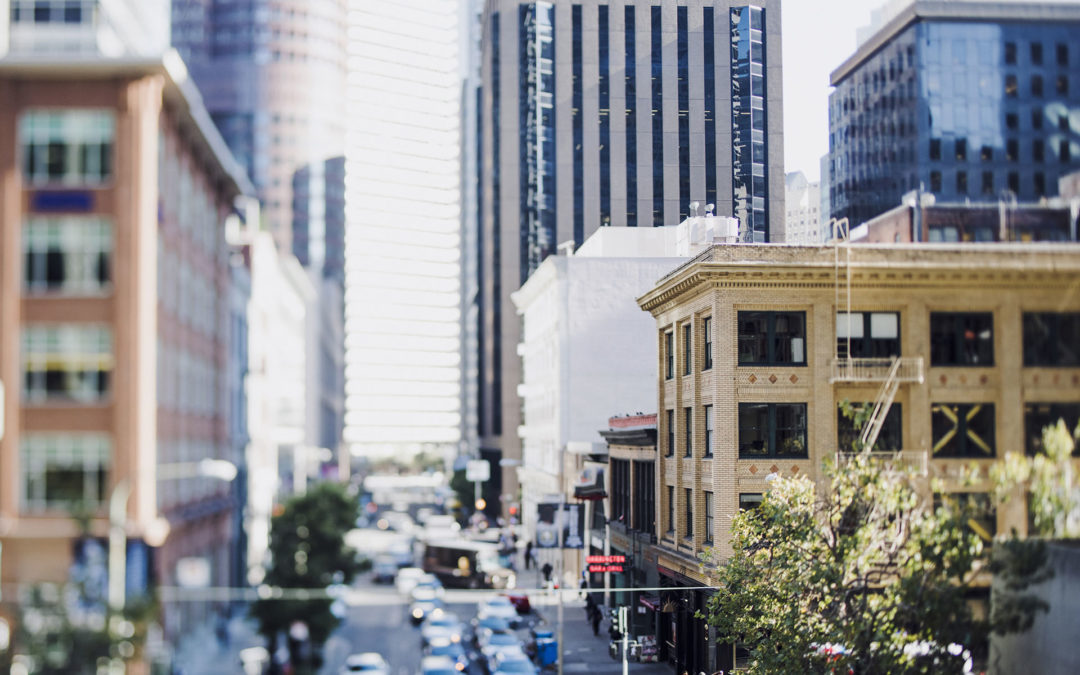People don’t necessarily go to Facebook to purchase, so getting your audience to consider purchasing from you often involves engaging with them on other channels over a longer period.
Once your audience on Facebook has begun to grow, and trust and engagement with your brand are at a point where people are actually commenting and sharing your content, it’s time to start moving your audience to your real estate, and converting some of your audience to your community. The aim of a conversion is to get a potential customer to sign up to your list, not just visit your website. Having said this, if they do just visit your website first, make sure you have the opportunity – or better still, a pop up offer – to get them to sign up to you list while they’re there.
It is important at this stage to measure what is working, and what isn’t. Most Customer Relationship Management (CRM) systems include campaign analytics that enable you to track who is responding to which offer. If you’re asking people to book for an event, have different ‘coupon codes’ in your booking system for different feeder channels and different offers so you can tell which channel, and which offer, people are responding to.
The kinds of offers that may work – in other words, will be seen as worth providing contact details for – may be different for each target market and what’s happening in their world at the time. Think about what will provide value to your target market, including:
- Free information such as ‘how to’ papers, cheat sheets, tool kits, updates, webinar, podcast or e-course
Free trial, samples or assessments - A ‘special offer’ for one of your most popular products or programs
- A ‘bonus offer’ with one of your most popular products or programs
- Discounts, such as coupons or free shipping.
Keeping your target market engaged as part of your community means regularly providing them with the kind of content that kept them engaged as part of your audience, PLUS the content that converted them in the first place. You’re aiming for ‘opens’ and ‘click throughs’ for your newsletters, and for your community to share your newsletter to their friends. Also think about segmenting your list – including segmenting between those who are existing customers and those who are yet to buy – and providing different content and offers to each segment. Know where your community came from and what they want, and then address this in what you provide.
Be ready to recognise that not everyone is in the market for what you offer at any time. And not everyone will be ready to buy your premium products or services. Two of the keys to conversion are:
- Provide a number of different offer levels, from entry to premium, so potential customers can choose their level of commitment and, for some, ‘try before they buy’
- Make it easy to purchase. Have you ever given up on a purchase simply because there were a number of steps to get there, and in the end you ran out of time, or the page timed out? Making it easy also includes having payment options that are convenient to your target market, and ensuring that your delivery processes meet your customers’ expectations.
While your audience will recommend your brand to their friends – so their friends can also join the audience – your community will not only recommend others join your community, but they will also start recommending that people buy from you even when they haven’t yet. These ‘wannabe’ customers are just not ready to buy – so providing a mechanism to reward them can also be useful to increase sales.
Once again, it is important to measure what works, and what doesn’t, and then understand ‘why’. Remember, sometimes it can be the day you send your offer out that has more influence than the offer itself. Try different days of the week, as well as different content, in order to understand what has a higher conversion rate.

